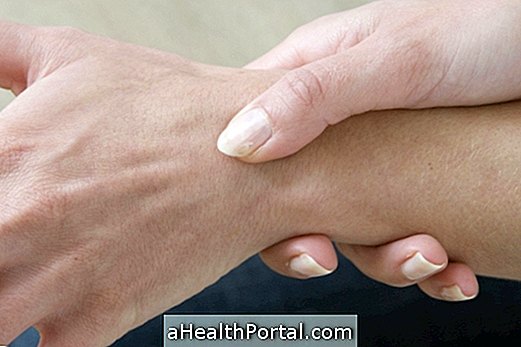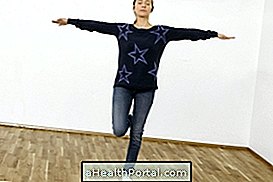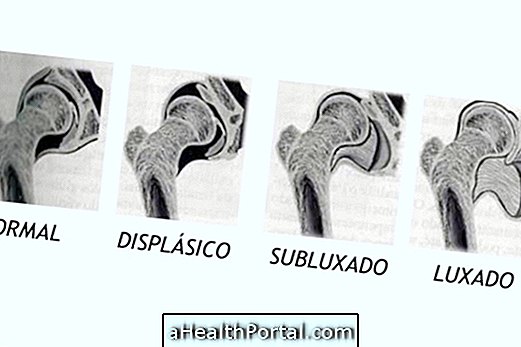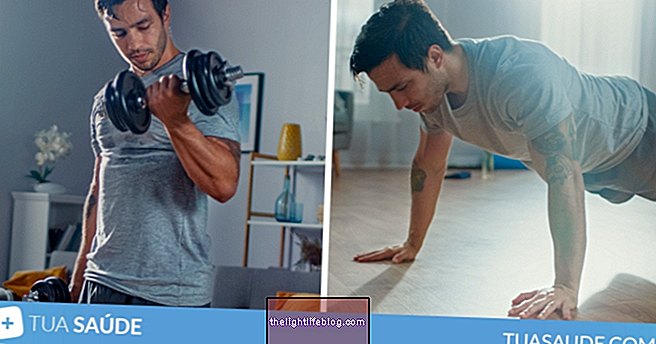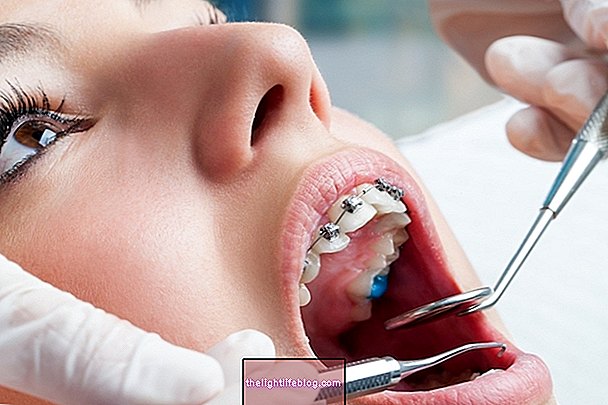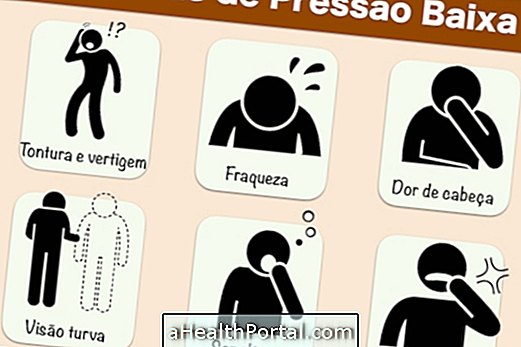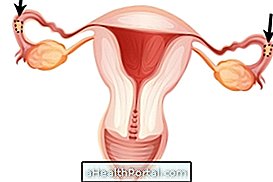Shoulder dislocation is a painful situation, but not always easy to be perceived by the general population. Some of the most common causes are practicing some sport like swimming, basketball or volleyball, suffering an automobile accident or lifting a heavy object incorrectly in the gym, for example.
When the arm bone, which is the humerus, returns alone to the shoulder joint, which is the glenohumeral, we call this a subluxation that can cause only pain in this place without the need to immobilize or any other treatment. But if this subluxation happens with some frequency the muscles of that region must be strengthened to prevent it from happening again.
Sometimes dislocation of the shoulder can cause some damage to the rotator cuff tendons as well, and it is necessary to do physical therapy to recover. It is possible to know if these tendons were affected if there is persistence of pain even after completely recovering the movement of the shoulder.
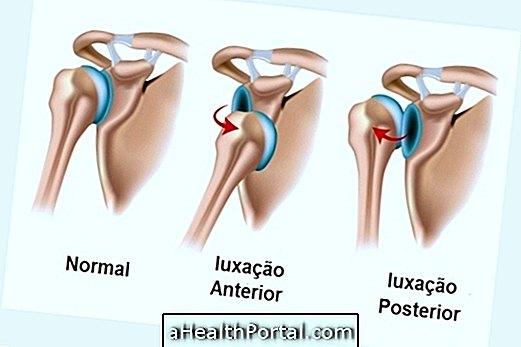
Signs and symptoms of shoulder dislocation
The signs and symptoms of a shoulder dislocation are:
- Severe shoulder pain, which can radiate to the arm and affect the neck,
- One shoulder may be different from the other, higher or lower;
- Inability to perform movements with the affected arm.
Usually the person is holding the shoulder with the opposite hand because he knows that the shoulder has left the place but the precise diagnosis must be done by a specialist. Sometimes it may be necessary to perform an X-ray examination to better evaluate the lesion and to identify if there is any greater damage, such as a bone fragment within the affected joint. The doctor may also request a resonance to evaluate tissues such as the joint capsule, tendons, and ligaments.
Here's what to do when a shoulder dislocation occurs.
How to treat
The most suitable treatment for dislocation of the shoulder should be indicated by the orthopedic doctor after observing the age, joint position and state of health of the person. To relieve pain the doctor may prescribe an analgesic or anti-inflammatory.

Immobilization:
The doctor can put the joint back in place and then the area can be bandaged by placing the arm to the chest for recovery of the involved tissues. The immobilization can be maintained for 3 weeks depending on the age, health style and general health of the person.
After removal of the immobilization it may be necessary to recover the movements through stretching performed, respecting the pain limit. In some cases, when the limitation is large it may be necessary to do physical therapy to strengthen the muscles and prevent the episode from happening again.
Surgery:
Surgery is indicated for young people or athletes especially when there is some glenohumeral lip injury, loosening of the joint capsule or shoulder tendons for repair of these tissues, and also to prevent future dislocations in people who have several episodes of dislocation or subluxation per year. Surgery is usually done through an arthroscopy because the recovery is faster but in any case it is necessary to do physiotherapy for several months until fully recovering the integrity and dynamics of the shoulder.
For people who practice physical activity it is recommended not to train the injured arm and shoulder in the first month, performing only physiotherapy exercises. Athletes usually return to competition after 5 or 6 months of dislocation.
Physiotherapy:
It is indicated after immobilization or surgery to restore range of motion, muscle strength and stabilize the shoulder joint preventing further dislocations. The physiotherapist should evaluate the person and indicate the most appropriate physiotherapeutic treatment because it can vary from one person to another. Sessions usually begin after 3 weeks of injury and can last for months, especially if surgery is performed.
Physiotherapeutic treatment can be done using strategies for pain relief, range of motion, wound healing, muscle strengthening and stabilization of the shoulder joint. Some treatments that may be useful are muscle relaxation, myofascial release with hands, tennis ball, rigid foam roller or vacuotherapy. Stretching exercises for the arm muscles in all directions and also the trapeze in the neck region should gradually be inserted exercises with elastic tape known as theraband to increase muscle endurance little by little.
To stabilize the shoulder when there is no pain and it is possible to perform the exercises with the elastic band without any pain or movement restriction can be introduced exercises of proprioception and Clinical Pilates.
